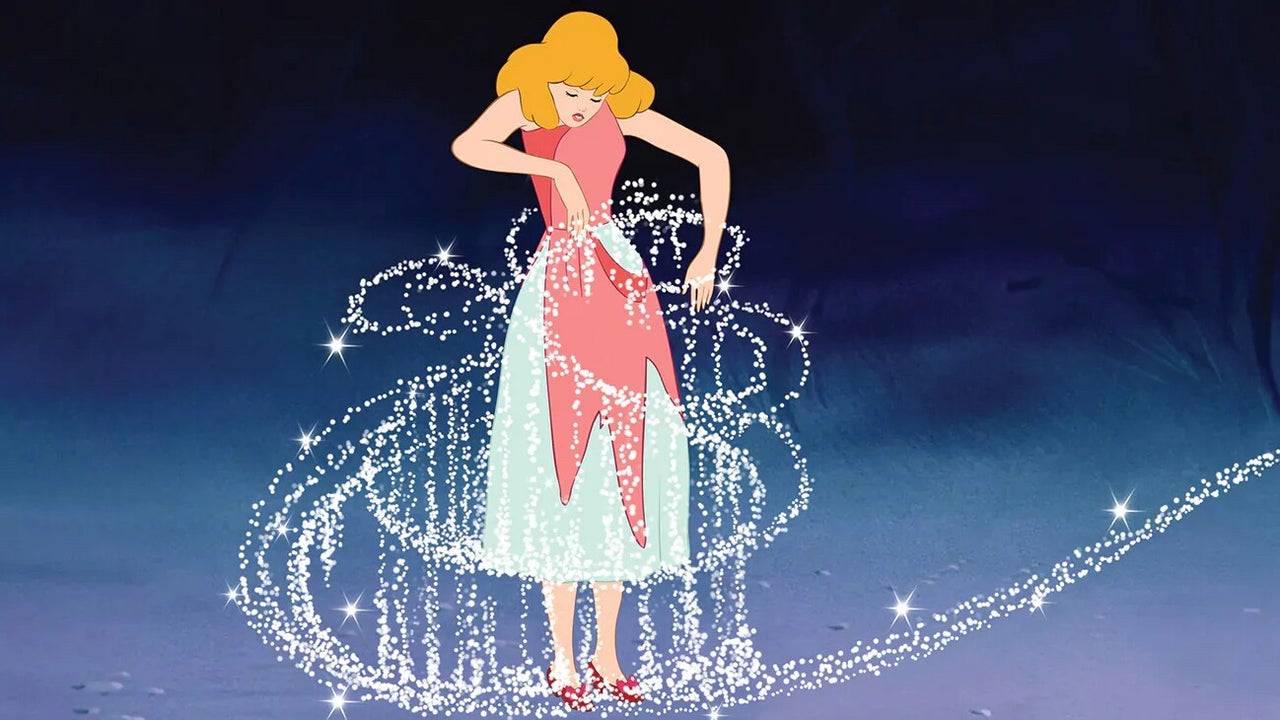by Lily Mar 05,2025
Celebrating 75 Years of Cinderella: How a Princess Saved Disney
In 1947, The Walt Disney Company faced a daunting $4 million debt, jeopardizing its future after the financial setbacks of Pinocchio, Fantasia, and Bambi. World War II and other factors had severely impacted the studio's European markets and overall revenue. However, the release of Cinderella marked a turning point, rescuing the animation giant from potential ruin.
As Cinderella celebrates its 75th anniversary, we explore the film's impact, reflecting on its surprising parallels to Walt Disney's own journey and its timely message of hope and resilience.
The Perfect Film for a Rebuilding World
Disney's success with 1937's Snow White and the Seven Dwarfs enabled the construction of its Burbank studio. However, subsequent films like Pinocchio, despite critical acclaim, failed to recoup their costs due to the disruption of World War II. European markets collapsed, and the studio was diverted to producing war-related films. The subsequent "Package Films," collections of shorter cartoons, while financially viable, lacked the narrative depth of feature-length animation.
Walt Disney, facing potential liquidation, took a significant risk, investing heavily in Cinderella, a film mirroring his own rags-to-riches story. This decision, made alongside his brother Roy, proved pivotal.
A Timeless Tale of Hope
The choice of Cinderella was strategic. Tori Cranner, Art Collections Manager at the Walt Disney Animation Research Library, notes that the film's inherent joy and optimism offered a much-needed antidote to the post-war anxieties. Unlike the more somber Pinocchio, Cinderella provided a powerful message of hope and the possibility of a brighter future.
Walt Disney's fascination with Cinderella dated back to 1922, when he created a short film at Laugh-O-Gram Studios. The story's themes of perseverance and achieving dreams resonated deeply with him, reflecting his own struggles and unwavering ambition.
Disney's unique approach to adapting classic fairytales is highlighted by Eric Goldberg, co-director of Pocahontas and lead animator on Aladdin's Genie. He emphasizes Disney's ability to transform potentially grim cautionary tales into universally appealing stories, modernizing them and ensuring their enduring relevance.
The Magic of Cinderella's Transformation
The addition of charming animal companions and a more relatable, bumbling Fairy Godmother significantly enhanced the narrative. The iconic transformation scene, meticulously animated by Disney legends Marc Davis and George Rowley, remains a testament to the studio's artistry. Cranner points to the subtle pause in the transformation sequence as a key element of its magic.
The broken glass slipper, a Disney innovation, underscores Cinderella's strength and agency. Goldberg highlights Cinderella's proactive nature, emphasizing her strength and resourcefulness.
A Resurgent Studio
Cinderella's success was immediate and substantial, surpassing expectations and revitalizing the studio. Its box office triumph marked Disney's return to form, paving the way for future classics like Peter Pan, Lady and the Tramp, and many more.
Enduring Legacy
Cinderella's influence continues to resonate within Disney's modern animation. Becky Bresee, lead animator on Frozen 2 and Wish, points to the direct influence of Cinderella's transformation sequence on Elsa's iconic dress transformation in Frozen.
The enduring power of Cinderella lies in its message of hope, perseverance, and the realization of dreams, a message that remains as relevant today as it was 75 years ago. The film's legacy is a testament to the enduring power of storytelling and the transformative impact of a single princess.

How to Use Cheats in Balatro (Debug Menu Guide)
State of Play Reveals Exciting Updates: PlayStation February 2025 Showcase
Forsaken Characters Ranked: Tier List Update 2025
Wuthering Waves: Redeem Codes for January 2025 Released!
Roblox: Obtain Secret Codes for January 2025 (Updated)
CD Projekt Confirms Witcher 4's Protagonist Shift
S.T.A.L.K.E.R. 2: Delayed Again, Deep Dive on the Horizon
Infinity Nikki – All Working Redeem Codes January 2025

"PS5 Dualsense Controllers Discounted in All Colors During Sony's Days of Play Sale"
Jun 24,2025

Crown Legends Heroes: Tier List Revealed
Jun 24,2025
The Outer Worlds 2 Direct: All Announcements
Jun 23,2025

"Ark: Ultimate Mobile Edition Unveils Genesis Part 1 Expansion"
Jun 23,2025

Brown Dust 2 kicks off pre-registration for Splash Queen, its second anniversary update
Jun 22,2025